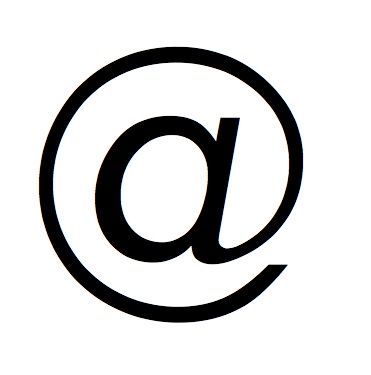Timothy Garton Ash has a thoughtful column about the wider background to the Google-China spat. And he comes to a gloomy — but I think accurate — conclusion.
In thinking about the way information is supplied to us, we have, it seems to me, four possible approaches: (1) the state I live in decides what I can and cannot see, and that’s OK; (2) the big companies I rely on (Google, Yahoo, Baidu, Microsoft, Apple, China Mobile) select what I see, and that’s OK; (3) I want to be free to see anything I like. Uncensored news from everywhere, all of world literature, manifestos of every party and movement, jihadist propaganda, bomb-making instructions, intimate details of other people’s private lives, child pornography – all should be freely available. Then it’s up to me to decide what I’ll look at (the radical libertarian option); (4) everyone should be free to see everything, except for that limited set of things which clear, explicit global rules specify should not be available. The job of states, companies and netizens is then to enforce those international norms.
At the moment, we have a combination of (1) and (2). Developments in technology will give us more of (3), whether we like it or not. (4) currently looks like a pipe dream. Nonetheless, it is to (4) that we should aspire. It’s in the infosphere that the world is coming closest, fastest, to a global village, so it’s the infosphere that most urgently needs a global debate about the village rules. If we don’t have that debate, and have it soon, then what you get to see on your screen will be the result of a power struggle between the old-fashioned power of the state in which you happen to be, the new-style power of the giant information companies, the insurgent force of novel information technologies, and the ingenuity of individual netizens. That’s a likely outcome, but not the best.
LATER: Clay Shirky has interesting things to say about this in the current Guardian media podcast.



